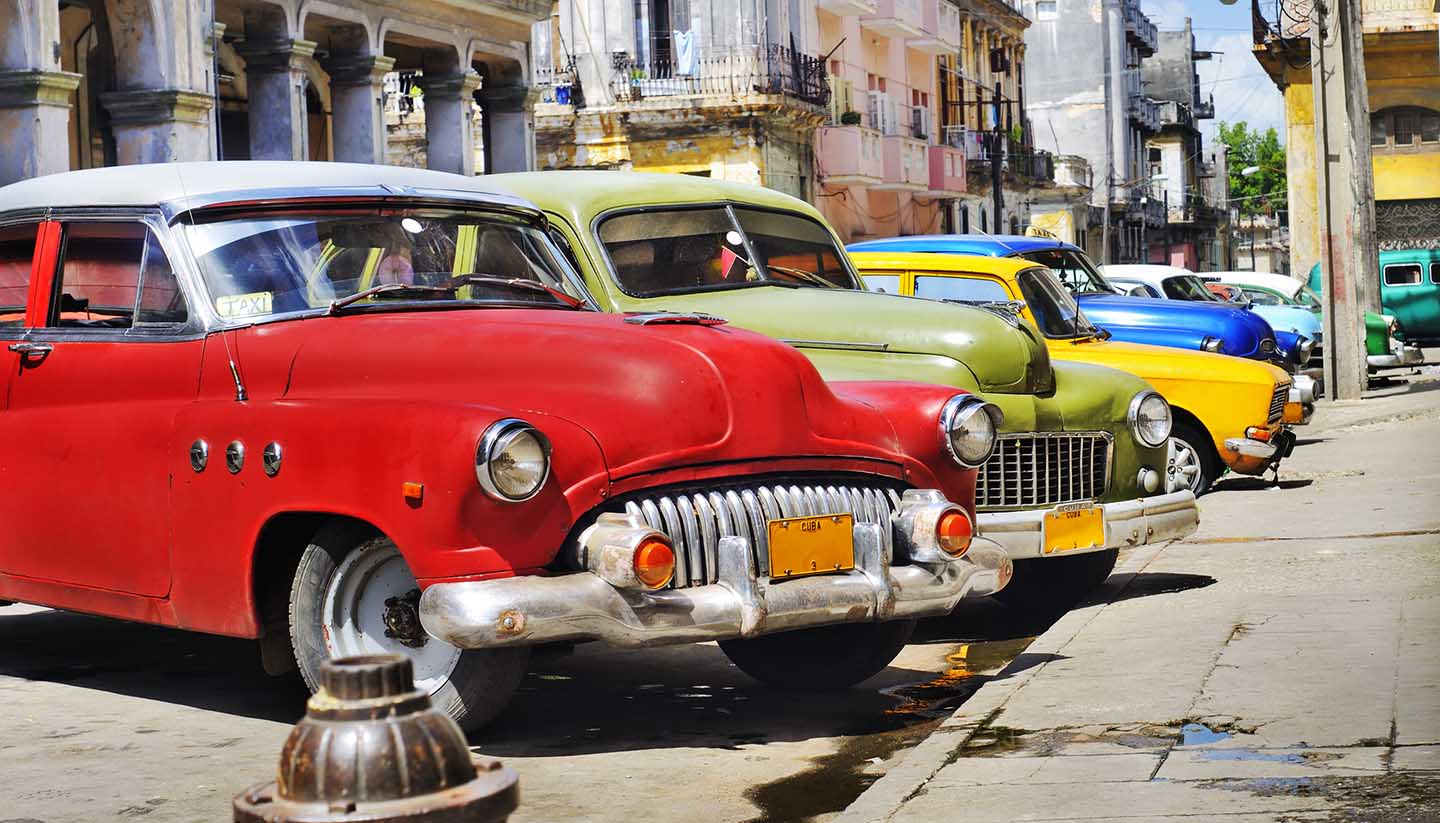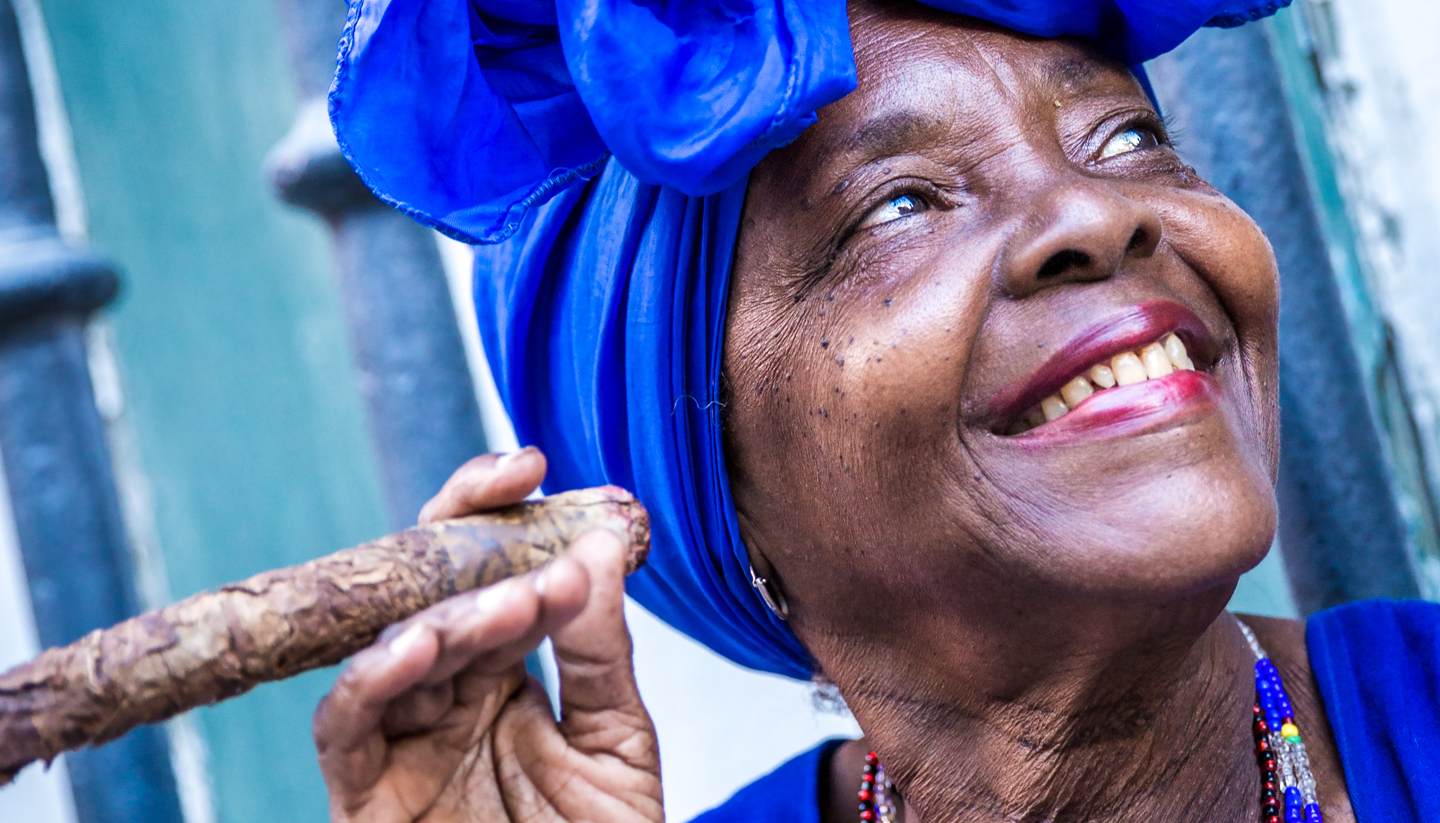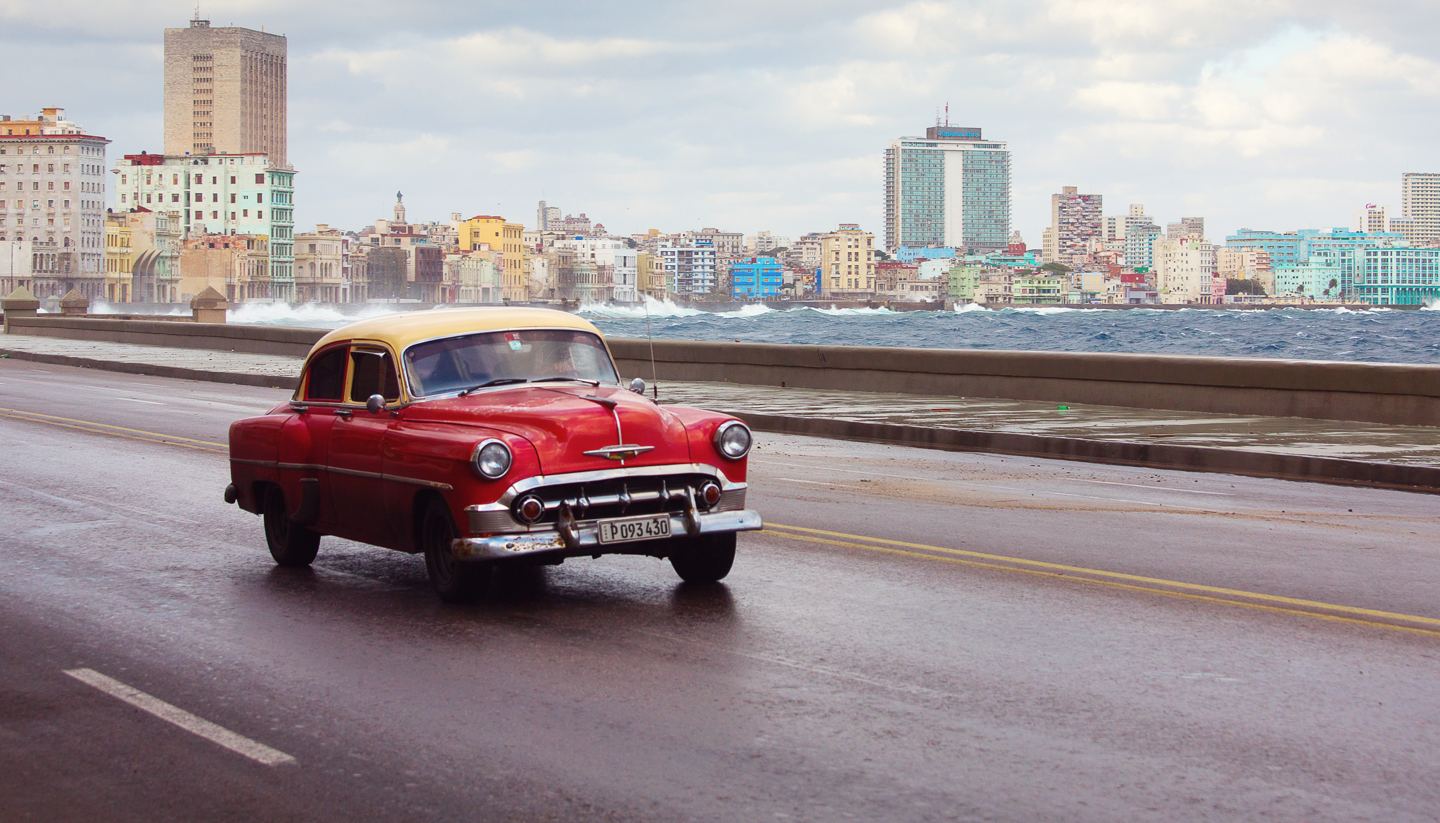Havana History
Christopher Columbus first espied Cuba in 1492 and declared it the ‘most beautiful land human eyes have ever seen’ – or so legend has it.
The Spanish were determined to colonise the island and bring its inhabitants (and natural resources) under the Crown’s control.
The ravaging began in 1512 when Diego Velázquez de Cuéllar landed; Havana was founded two years later, becoming the capital in 1607.
Marauding pirates and the threat of competing colonial powers convinced authorities to build the region’s longest, strongest fortification: the Castillo del Morro and Fortaleza de San Carlos de la Cabaña were completed in 1630 and 1774 respectively.
After two wars spearheaded by Cuban ‘apostle’ José Martí, along with national heroes Antonio Maceo and Máximo Gómez, Cuba gained independence from Spain in 1898.
The USA entered the battlefield late, took credit for victory early and commandeered Cuban politics and industry until the 1959 revolution.
The Cuban government was dominated by leaders coddled by the USA, allowing the latter to occupy the Guantánamo Naval Base in 1903 and intervene militarily in island affairs in 1906, 1912, and 1917.
Prohibition saw Americans flocking to Havana, which had turned into a mafia-financed playground of liquor, prostitution, gambling and fancy nightclubs.
In 1952, dictator Fulgencio Batista staged a military coup, ruling through violence and fear.
A failed assassination attempt on Batista in 1957 resulted in all but three of the 35 students involved being shot.
A small group of guerrillas, under the leadership of Fidel Castro, Che Guevara, and Camilo Cienfuegos, overthrew Batista in 1959, triggering massive emigration by the upper and middle classes.
In 1961, the Kennedy Administration dispatched a CIA-trained mercenary force to overthrow Castro and company. However, their forces suffered a resounding defeat at the Bay of Pigs (Playa Girón).
Cuba declared itself socialist and the USA imposed a full trade blockade. Only today are there signs of these restrictions being loosened.
In 1994, after the collapse of the Soviet Union, Fidel Castro declared: “Only tourism can save Cuba.” It did, nearly 10% of Cubans are now employed by the travel & tourism industry and the sector is predicted to be worth more than 12% of GDP by 2026.
Did you know?
• Havana is nicknamed the ‘city of columns’.
• Writer Ernest Hemingway lived in Havana from 1939 until 1960.
• A sculpture of John Lennon was unveiled on a Havana park bench in 2000.




